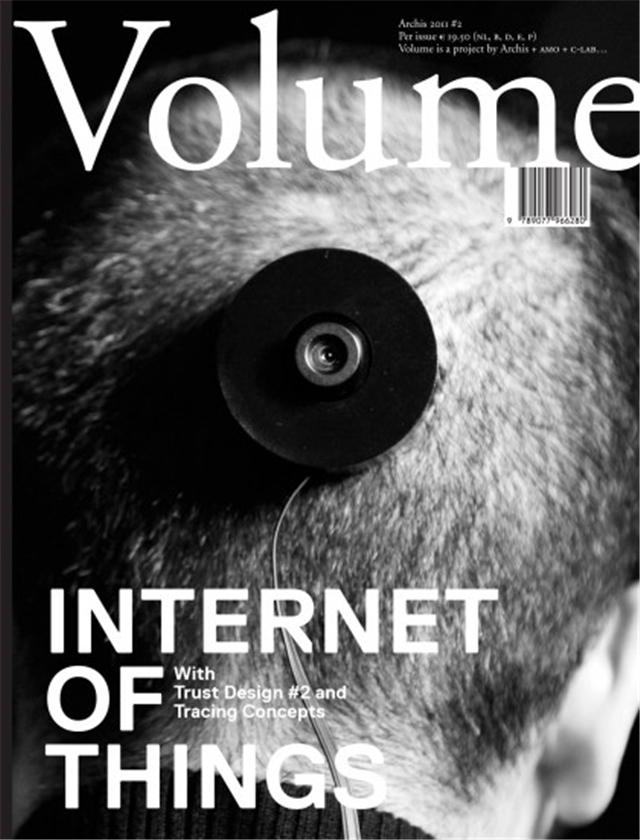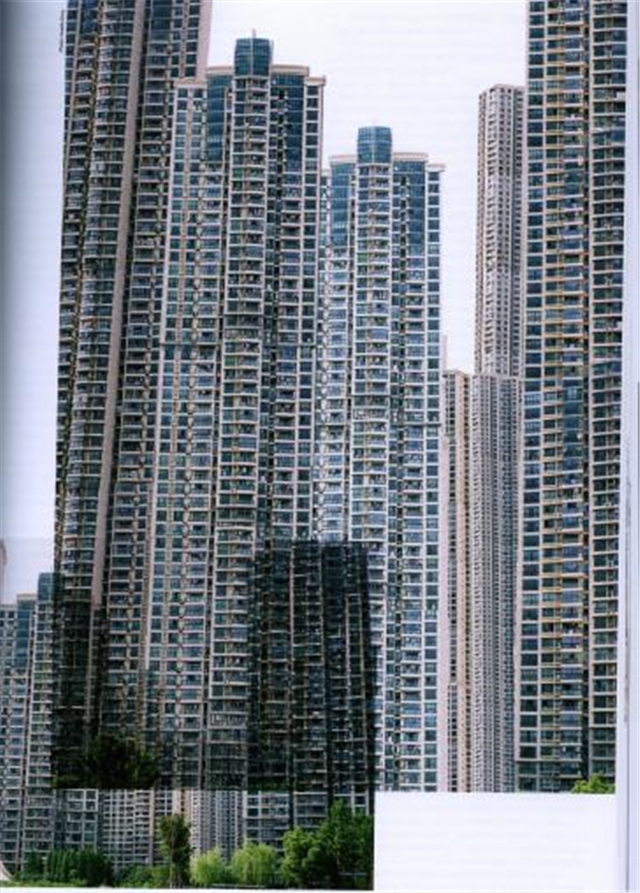In the end, all that is material will be standard, and all that is personalized will be virtual. Unique pieces will be unsustainable because of price and energy expenditure, if we wish to supply the masses. This may sound like science fiction, but the virtual world will be the technology we use to define the super-dense city.
The largest migration in human history is looming. And if we are impressed now by Shanghai - with its ten million inhabitants - in 20 years, there will be ten new satellite towns in its perimeter, which will make the city swell to 100 million people.
To create hyperdense cities, architects must also think about the social relations to be established; they cannot limit themselves to constructing buildings. They must consider how to coordinate future life in the cities and help the public get ready to inhabit them.
The solution will tend towards an updated version of Levitt’s work. The way to optimize the production chain will be sought for reasons of sustainability and economic profitability. An efficient, cheap and quickly-built system needs to be defined to ensure minimum conditions of quality for the population. The solution must be a temporary one that consists in easily assembled, small accommodations clustered in high density. The housing’s uniqueness will need to be developed so that its inhabitants enjoy some degree of comfort. Just as the rise of the automotive industry made the commute to Levitt’s homes possible – which led to individualized travel –a technology that allows people to live in hyperdense cities will need to be developed.
The technology that will lead us to create this new way of life will be the virtual environment (the 3D environment of a fantasy world in which each person is represented by an avatar). New technologies change social relations as well as our personal experiences. We use them to replace basic aspects of our existence such as living, feeling and touching with browsing, accessing or customizing. We need another kind of reality that allows us to survive emotionally. The virtual world allows a person who lives in a huge block, in a giant hive, to keep one’s “virtual self” in the town where he was born and has always dreamed of living. It gives one access to what one cannot actually have or to the friends left behind in the move from the countryside to the city. The Chinese can adapt to this way of life because physical objects have no value except in the relationships they create. The new generations, who are teens today, no longer distinguish between the virtual and real worlds. It is all the same thing, although virtuality is closer to their way of understanding life. Instant messaging and Facebook allow them to be instantly close to their friends, music, vacations and interests. What they see on a daily basis is boring in comparison with the inputs they receive from their virtual friends. Their physical environment no longer is important if they have access to the Internet. And that is the citizen who can survive in an hyperdensified environment: someone who does not need the material public space because he or she will find it in the virtual space, someone who will find everything related to the personal virtually because physically he will not be able to pay for it or simply because it is not worth acquiring something that means a burden on their extreme mobility.
The shift has already begun. The virtual world is intertwined with reality. Renderings convince politicians and decide competitions that become built realities. Their glitter and lights attract the masses. The strange thing is that built architecture is ever closer to that virtual architecture.
In the end, all that is material will be standard, and all that is personalized will be virtual. Unique pieces will be unsustainable because of price and energy expenditure, if we wish to supply the masses. This may sound like science fiction, but the virtual world will be the technology we use to define the super-dense city.







